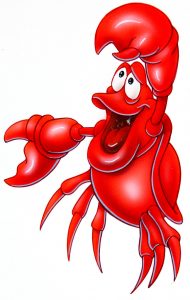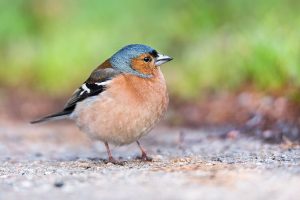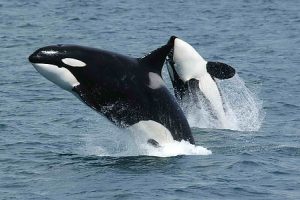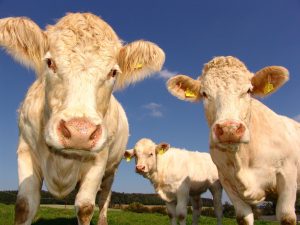By Emma Goldberg
Everyone, young and old, loves Disney movies. And have you ever noticed that some of the most iconic and loved characters talk in an accent? Think of The Little Mermaid’s Sebastian, or Finding Nemo’s Crush! Both of these beloved characters sport their very own accent. Although part of why we love Disney movies is because they transport us into a world of fantasy and imagination, what if I told you that these accents may not be completely fantasy? That’s right! Real life animals actually do have regional accents of their very own! Regional animal accents, or dialects, have been observed in species ranging from cows to whales and have given scientists incredible insights into how other species communicate.
Some of the first evidence of animal accents resides in birds. Dr. Peter Marler, a British-born animal behaviorist, is credited with being one of the first scientists to identify regional differences in bird songs. Being an animal behaviorist means that Dr. Marler studied how animals, like birds, act in nature. Dr. Marler’s interest in bird dialects began when he noticed differences in songs sung by chaffinches across the United Kingdom. His discoveries came out in the 1950s and paved the way for continued investigation of bird songs. Since then, scientists have gathered evidence that many baby birds learn their songs from adult birds by copying them, just like how you learned to speak by copying what your parents say. Regional bird song accents result from a bird making a mistake in their song and then passing this new song down to the next generation of baby birds.
Several whale species are also great examples of animals who have developed individual accents over time. Two of the most commonly described whale accents are from orca and sperm whales. Pods, or groups, of orca whales are found in every ocean in the world. A typical orca pod is made up of 5-50 whales that travel together. These pod members communicate with each other through underwater noises like whistles and clicks. Canadian scientist, John Ford, has spent nearly a decade studying orca communication in various pods that live off the coasts of British Columbia and Washington State. Using a special tool called a hydrophone, Dr. Ford has been able to record the clicks and whistles that orcas use to communicate. He can then categorize the calls, or the specific dialect, of each pod. His findings have revealed that whale dialects are passed on from generation to generation within a pod and that although most calls are pod-specific, some are shared between pods. These shared dialects reflect pods that come from a common ancestor.
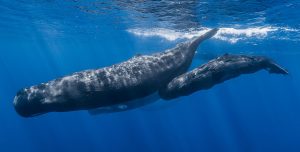
Sperm whales communicate with clicks called codas, similarly to how orca whales communicate. Shane Gero, of Dalhousie University in Canada, spent more than 6 years listening to the codas of sperm whales in the Caribbean. Her studies identified codas that were unique to the sperm whales regional groups. Scientists believe that these unique vocalizations are a way for the whales to identify what group they belong to. These calls are important for keeping groups together and knowing if and where another group of whales is coming from. Increased background noise from ocean drilling and shipping traffic makes it more difficult for the whales to hear each other’s calls. Understanding the unique dialects and vocalizations of whale populations is crucial for scientists to help protect them.
Our last example about animals with accents comes from cows. Dr. John Wells, a Professor of phonetics at the University of London, looked into cow speech after he was approached by farmers who claimed their cows “mooed” with accents. Along with Dr. Jeanine Treffers-Daller, the pair confirmed what the farmers had observed, citing studies on regional bird chirping. The pair explained that cows, much like humans, adopt a local language when learning how to speak. Thus, in small populations like herds, there are easily identifiable variations in how cows “moo” and the dialect they communicate with.
So the next time you’re watching your favorite Disney movie, remember that the accents you hear aren’t a complete fantasy!
